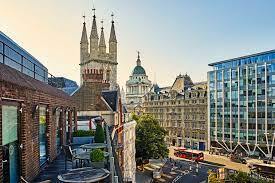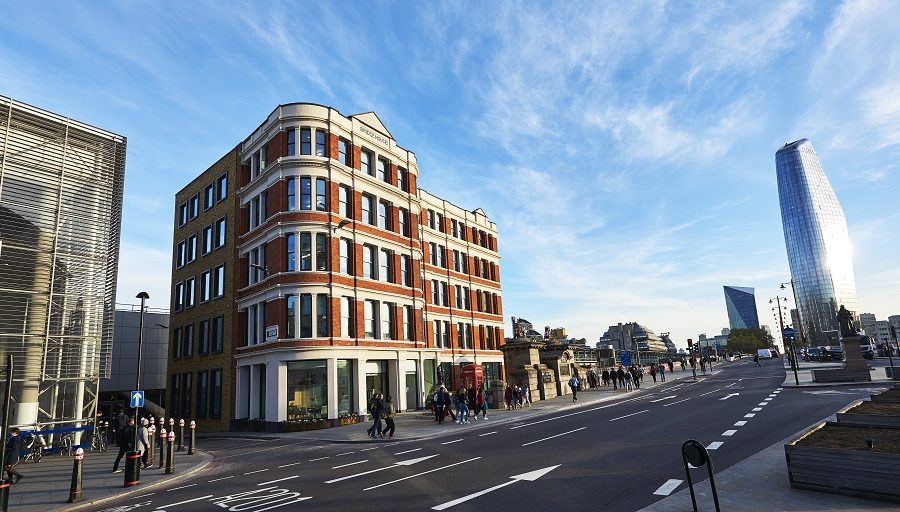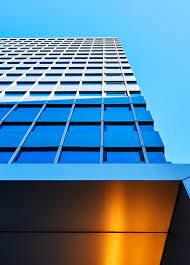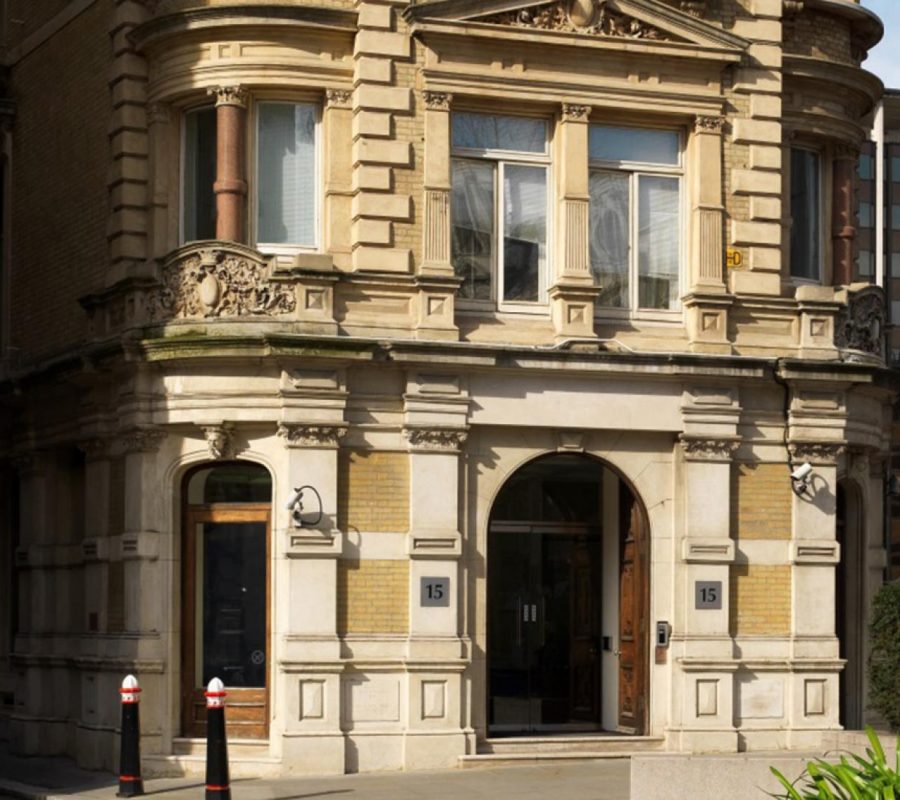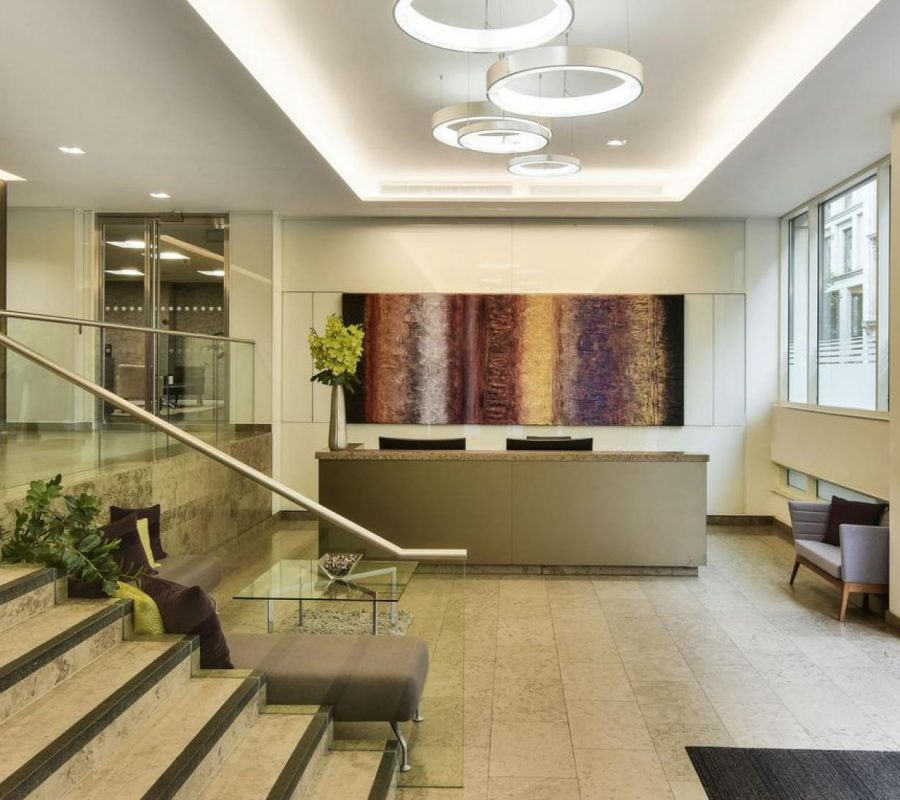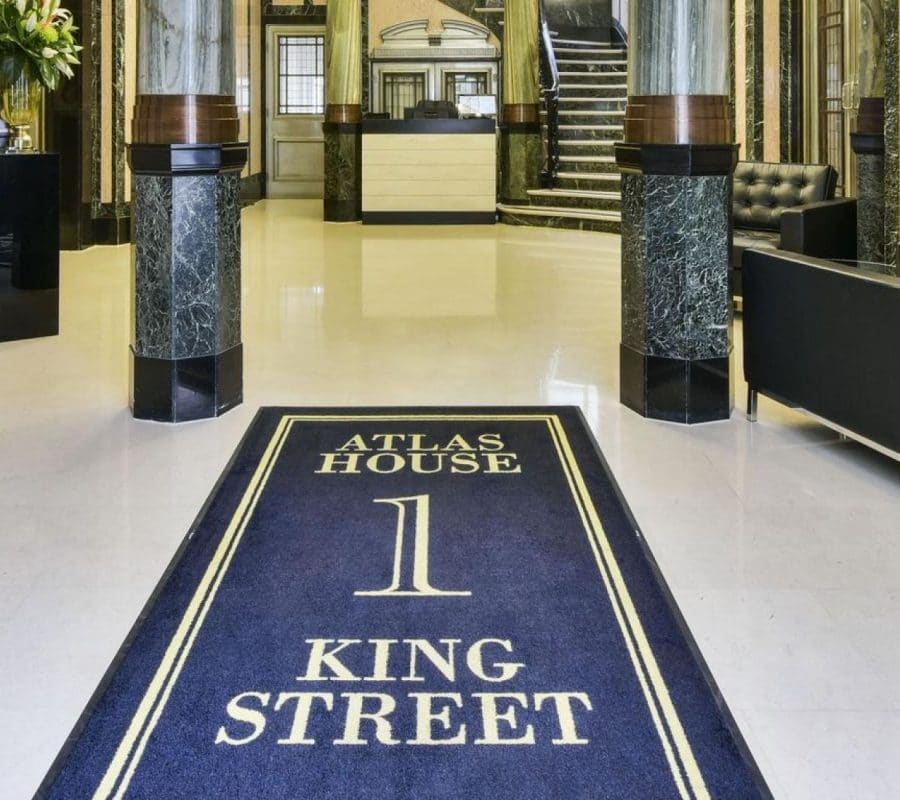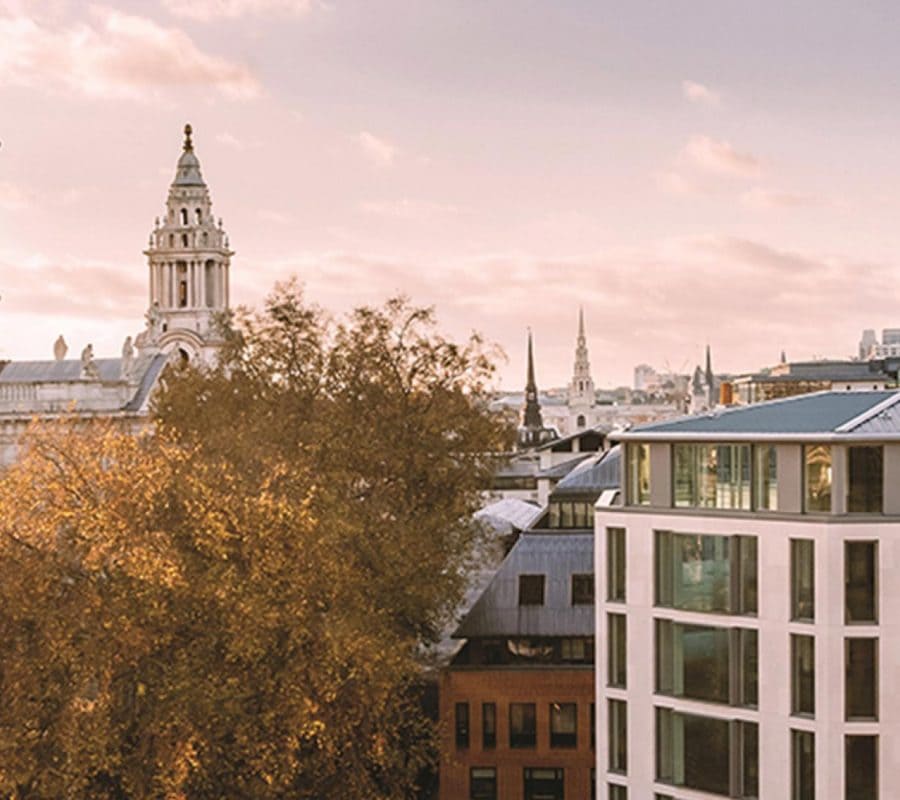Location:St Paul's
St Paul’s Office Space
St. Paul’s office space is associated with a location dominated by London’s best-known landmark. The majestic beauty of St Paul’s Cathedral represents London’s rich heritage, but also symbolises survival and resistance.
There is evidence of Christianity in Londinium during the Roman period, but there is no firm evidence of the location of churches or cathedrals. It is assumed, although not proved, that the first Anglo-Saxon cathedral stood on the same site as the later medieval and the present cathedrals from AD 604. This was rebuilt twice; however, the third iteration was destroyed in a city-wide fire in 1087.
The Normans began building the fourth St. Paul’s Cathedral, generally referred to as Old St. Paul’s, after the 1087 fire. A further fire in 1135 disrupted the work, and the new cathedral was not consecrated until 1240.
Old St Paul’s was the tallest structure in the City of London, surpassing William the Conqueror’s 89-foot (27-metre) White Tower in the Tower of London, which had been completed in 1098.
Further enlargement works were carried out in the 13th and 14th centuries, and the height of its spire reached 489 feet (149 metres). The only building taller than this was Lincoln Cathedral.
By the 16th century, the building was deteriorating, and this was further accelerated by Henry VIII’s and Edward VI’s English Reformation, which led to the removal of the cathedral’s collection of relics, including a knife thought to belong to Jesus, the hair of Mary Magdalene, and the blood of St Paul.
Some of the buildings in St. Paul’s churchyard were sold as shops and rental properties. In 1561, a lightning strike destroyed the spire, an event that Roman Catholic writers claimed was a sign of God’s judgment on England’s Protestant rulers. Later, Old St Paul’s was gutted in the Great Fire of London of 1666.
Sir Christopher Wren was officially assigned the task of designing a replacement structure on 30 July 1669. The result was the present St. Paul’s Cathedral, which was formally declared complete by Parliament on 25 December 1711.
It stands 365 feet (111 m) tall because Sir Christopher Wren, who was also a professor of astronomy at Oxford University at the time, wanted its height to represent each day of the year.
St Paul’s Cathedral remains the second-largest church building in the United Kingdom, after Liverpool Cathedral. It was London’s tallest building until 1963, when the Millbank Tower was built.
A flurry of building activity led to the development of taller buildings, and CityPoint, also known as Brittanica Tower and the temporary headquarters of oil and gas multinational BP when it vacated its property in Finsbury Circus, became the tallest building in the City of London in 1967.
The Significance of St Paul’s
Although its height was eventually surpassed, St Paul’s Cathedral has long been protected by a strong sense of British pride. During the Blitz, St Paul’s Cathedral became a national symbol of survival and resistance, and Prime Minister Winston Churchill declared that it should be saved at all costs.
London has strict sight-line rules for the cathedral, protecting the view of it for miles around — even from Richmond Park, 10 miles away, where long rows of trees were planted to frame the view and choreograph the skyline perfectly.
These rules are also why the City of London has many unusually shaped skyscrapers, whose designs have been manipulated to ensure that views of the iconic structure are not disturbed.
Like many of the premium office buildings in the St Paul’s district of London, these offer office space to rent via conventional leases. These leases provide ready-to-fit blank canvas offices and full autonomy over the fit and running of the space. They also offer many premium flexible workspace options, including high-end managed office spaces and first-class serviced offices.
The superior managed offices are pre-cabled, and the client leads the fit-out and furnishing process, allowing for the creation of a tailored office with a complete brand identity.
Custom offices can include private reception areas, hot-desking zones, private office suites, meeting rooms, break-out spaces, kitchens, bathrooms, showers, and other facilities.
The client can also create a bespoke service pack that utilises the services of technical, hospitality, concierge, and business support teams.
The exceptional serviced offices in St Paul’s are fully furnished, lockable office suites, clusters of suites, or floors. Clients of the turnkey offices enjoy access to exemplary communal amenities, including bookable meeting rooms, breakout spaces, fully stocked kitchens, focus booths, cafes, and wellness amenities such as gyms and meditation rooms.
As the five-star flexible office spaces are let via licences, occupying clients enjoy the agility to efficiently modify their footprint by downsizing or upsizing in line with changing business requirements. Many buildings in St Paul’s can provide office space for 1,000 desks or more, on self-contained floors or a building with its own front door.
Equally, clients can contract for a smaller suite as their business needs change.
Flexible offices are priced all-inclusively, so the rental fee covers enterprise-grade broadband, heating, air conditioning, water, energy, professional cleaning, and other overheads that would be paid for and managed separately if leasing an office conventionally.
Commuting to St Paul’s
The outstanding office space buildings in St Paul’s, offering managed and serviced offices, are managed sustainably and eco-consciously. They provide end-of-journey facilities for self-powered commuters, including bike storage, showers, lockers, and electric vehicle (EV) chargers, to meet the high environmental, social, and governance (ESG) standards of their occupants.
However, St Paul’s Station provides excellent public transport links. Both Blackfriars and Mansion House stations are also nearby.

